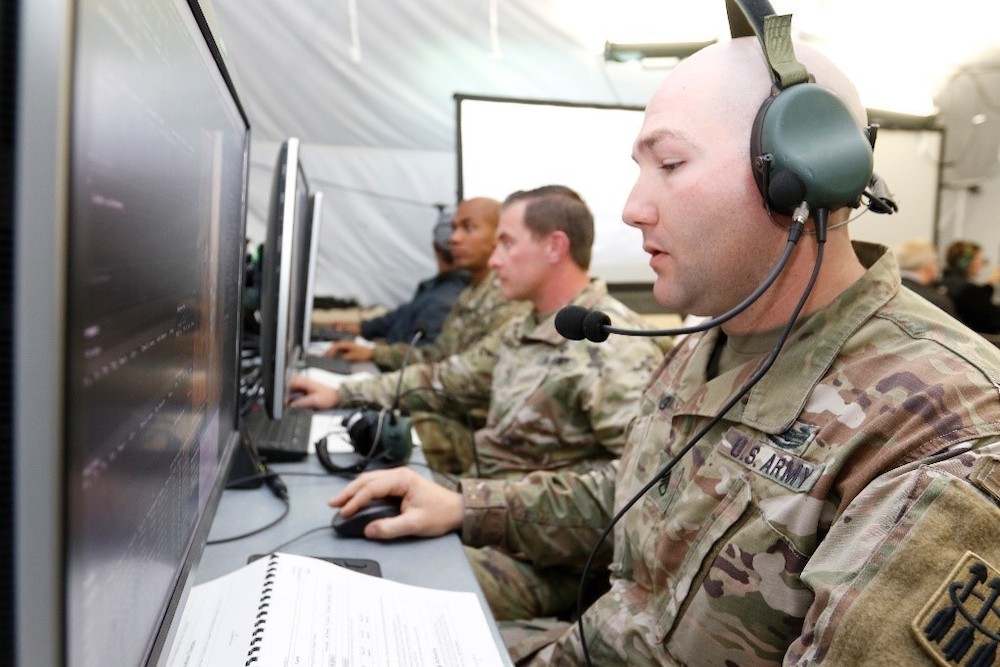
Northrop Grumman Corp.’s Integrated Battle Command System, a key part of the U.S. air and missile defense, has defended the National Capital Region against a simulated cruise missile and compromised aircraft in a series of recent demonstrations.
Service members at Redstone Arsenal in Huntsville were at the controls of the ICBS during the simulation.
The ICBS is a command control system that unifies current and future assets across the battlespace, regardless of source, service or domain. It provides a single, actionable picture of the battlespace, thus enabling rapid, informed decisions on how to best defeat the threat.
During the simulation, the IBCS integrated existing Army and Air Force sensors and effectors, such as the Sentinel, Avenger and National Advanced Surface-to-Air-Missile System. It, along with the Joint Track Management Capability, also integrated Navy sensor information to extend the defended area, proving that it can unify sensors and shooters to use the best action to defeat complex threats. Northrop Grumman employees design, test, manage, manufacture and deliver technologies from the company’s Huntsville “vision laboratories,” according to the Northrop Gruman website. Employees work on a variety of programs including the Integrated Air and Missile Defense Battle Command System; Counter-Unmanned Aircraft Systems; Joint Integrated Fires Command, Control and Communications; Ground-based Midcourse Defense; Intercontinental Ballistic Missile targets and more. Northrop Grumman employees in Huntsville also are working on NASA’s Space Launch System solid rocket boosters.



